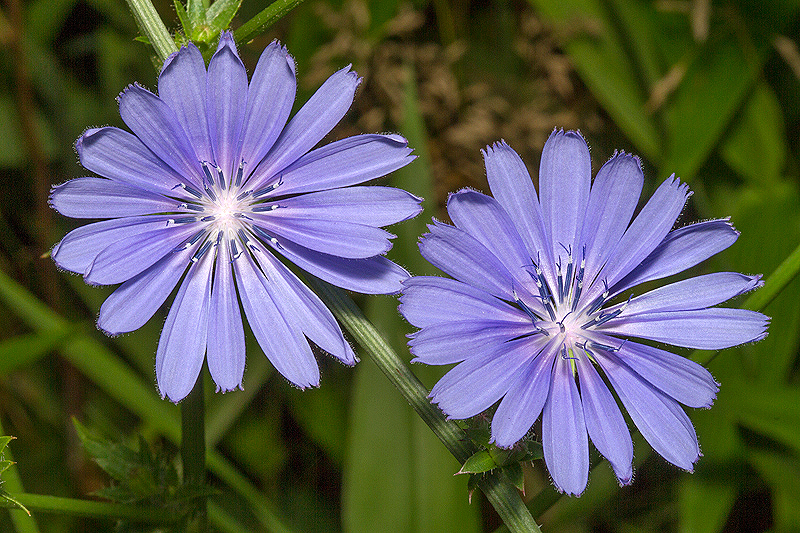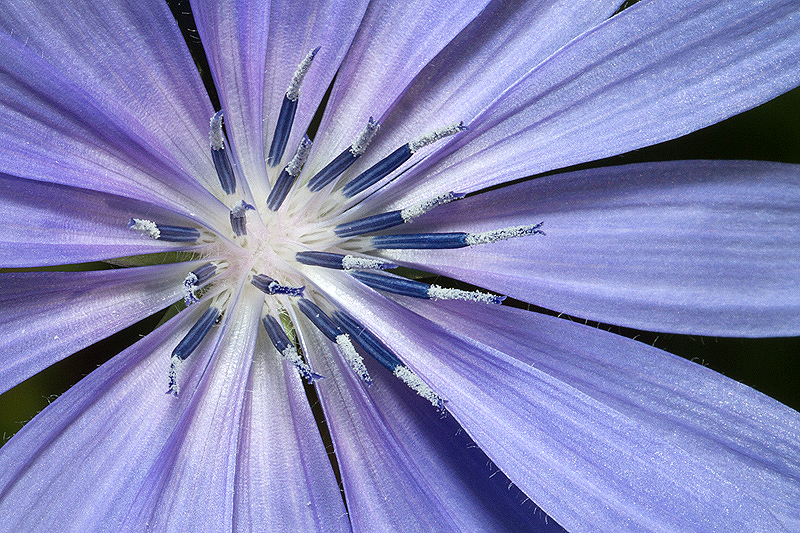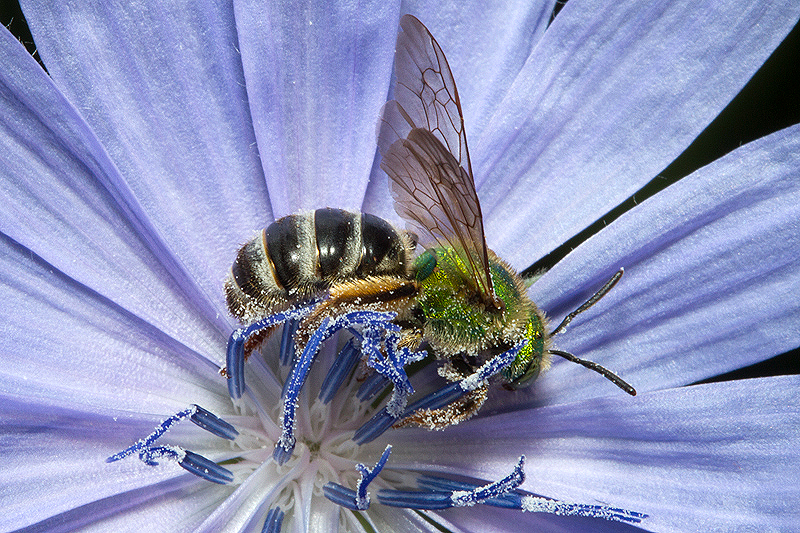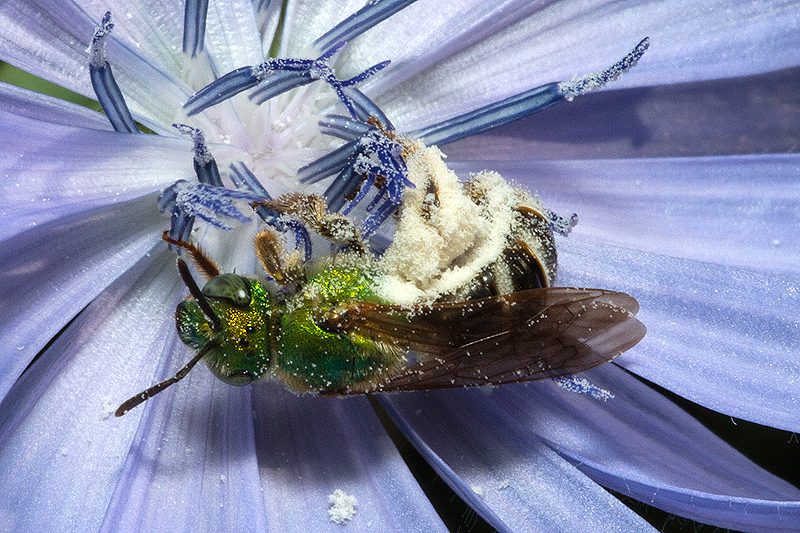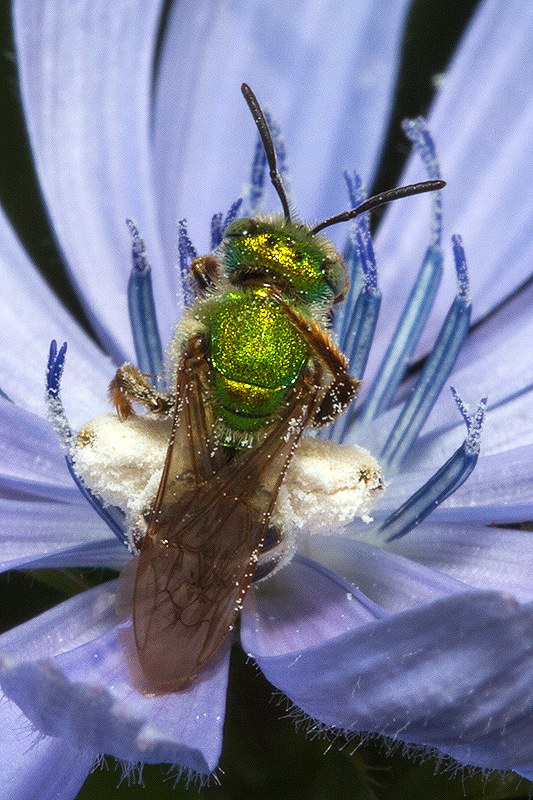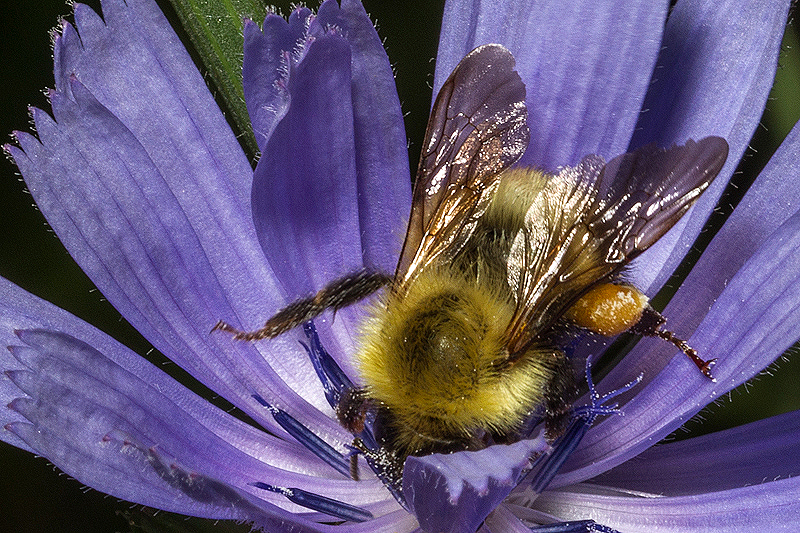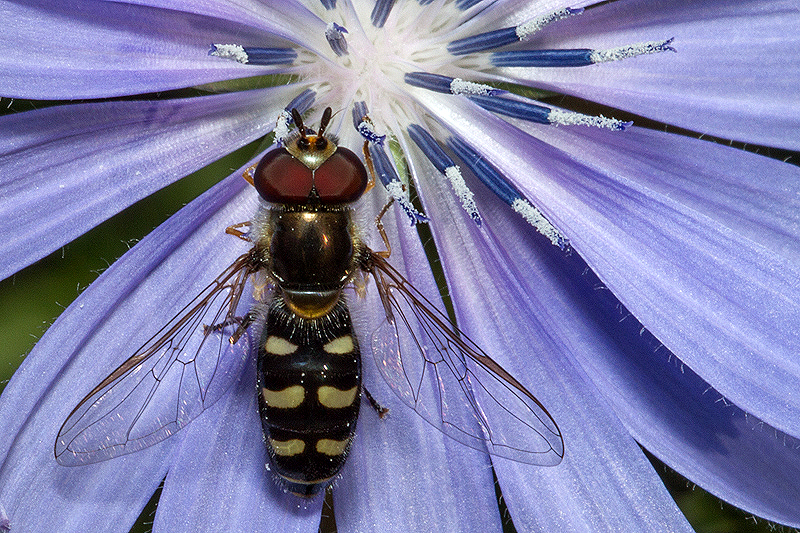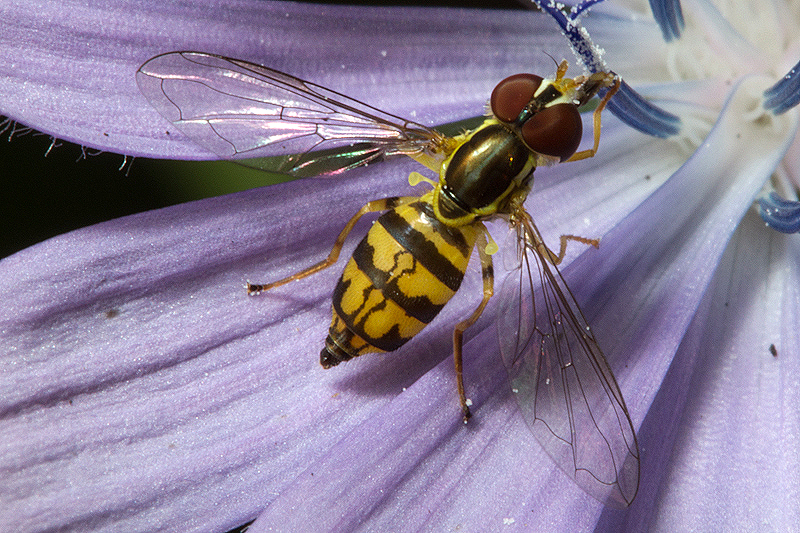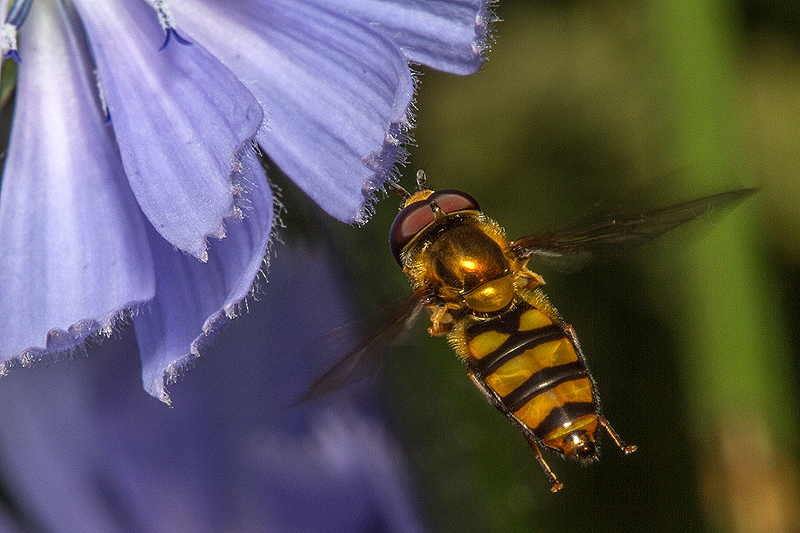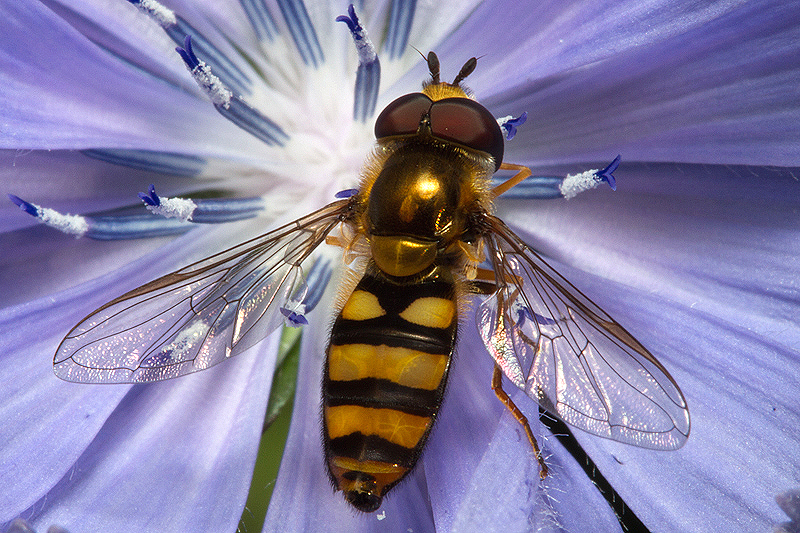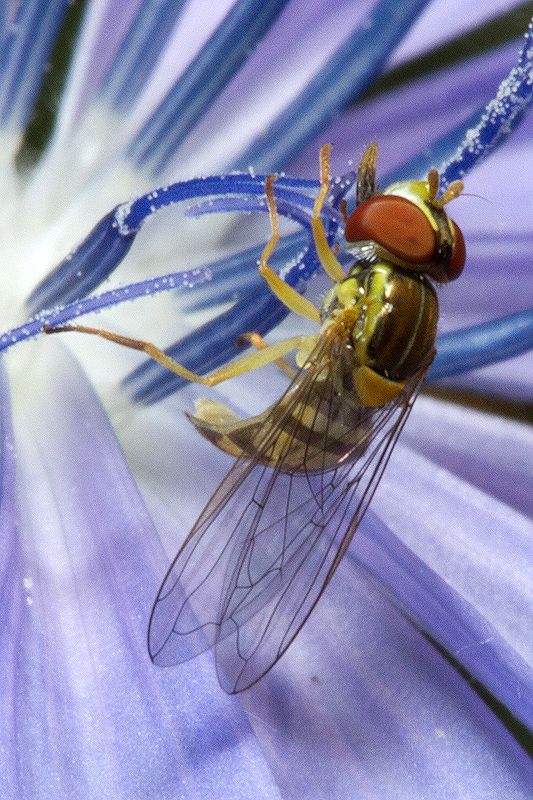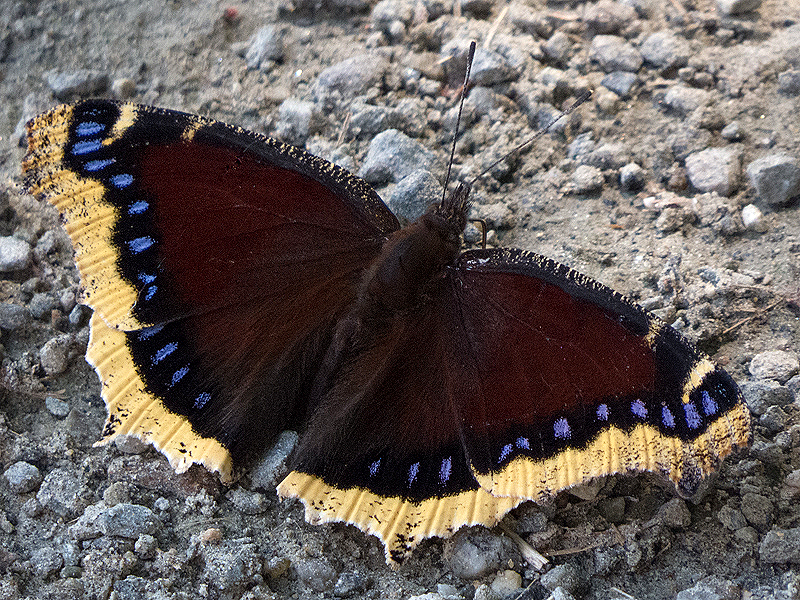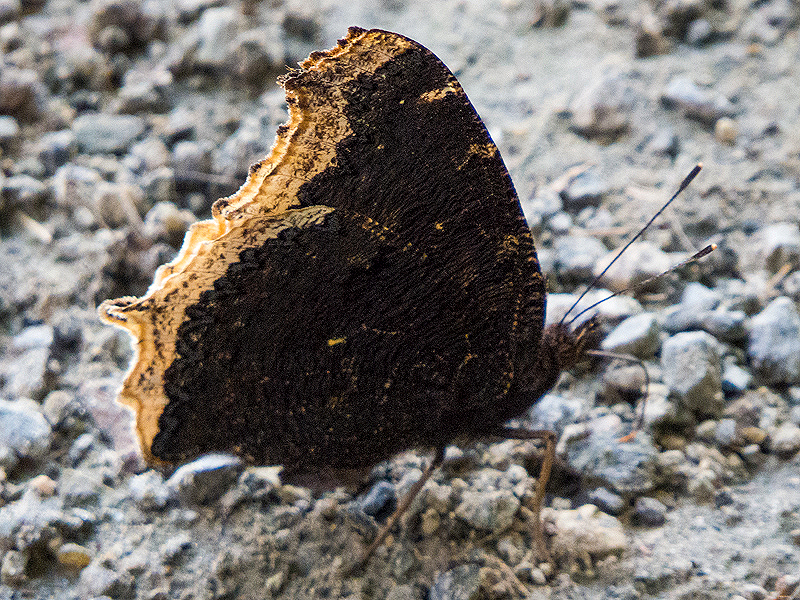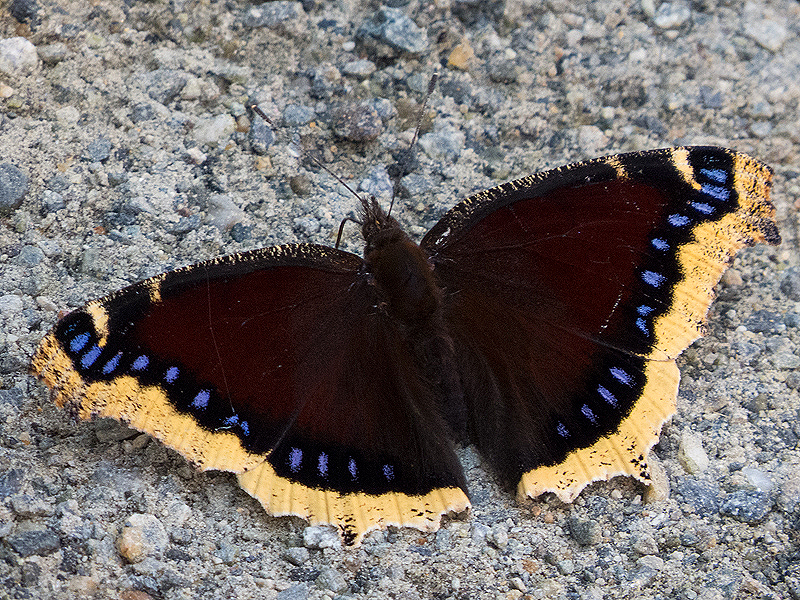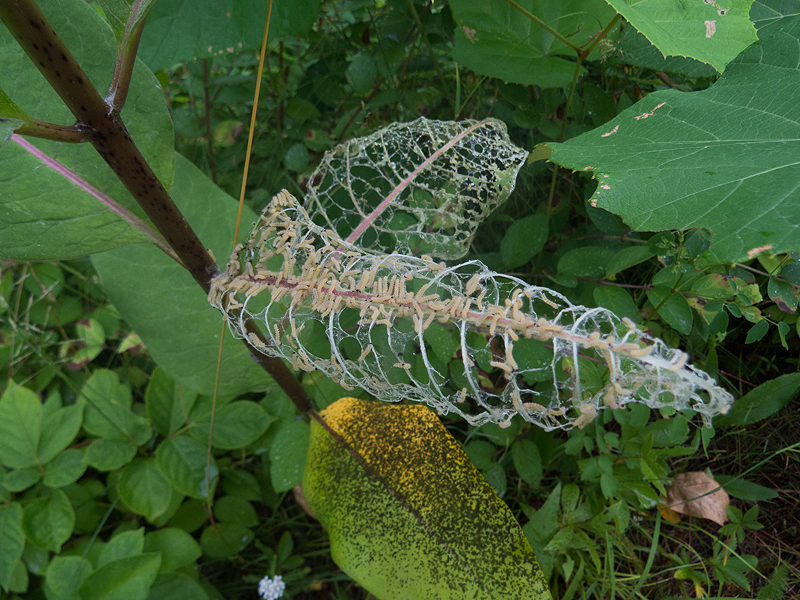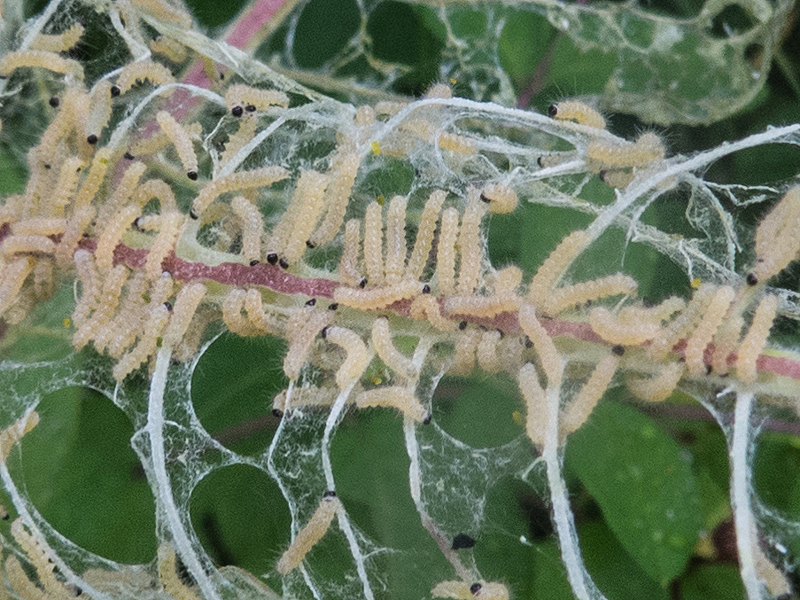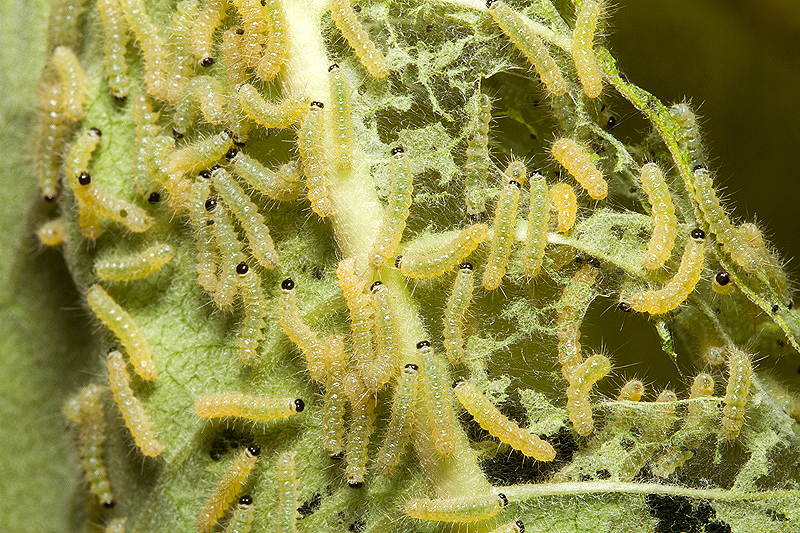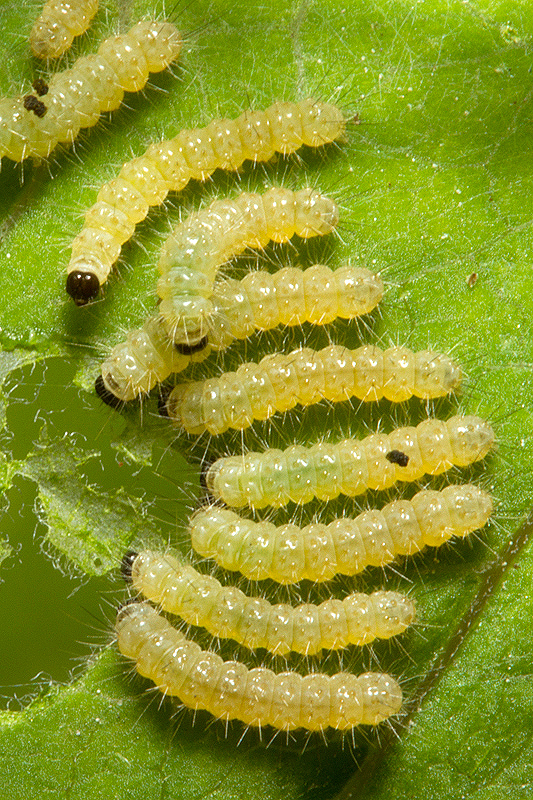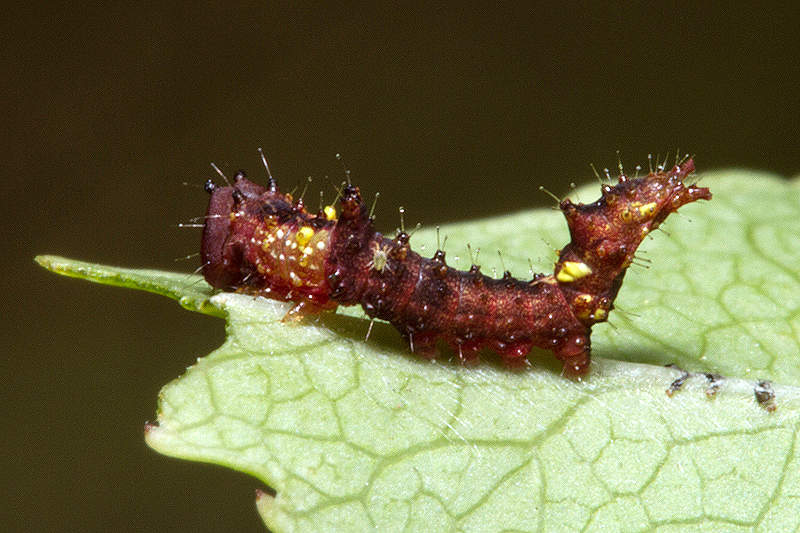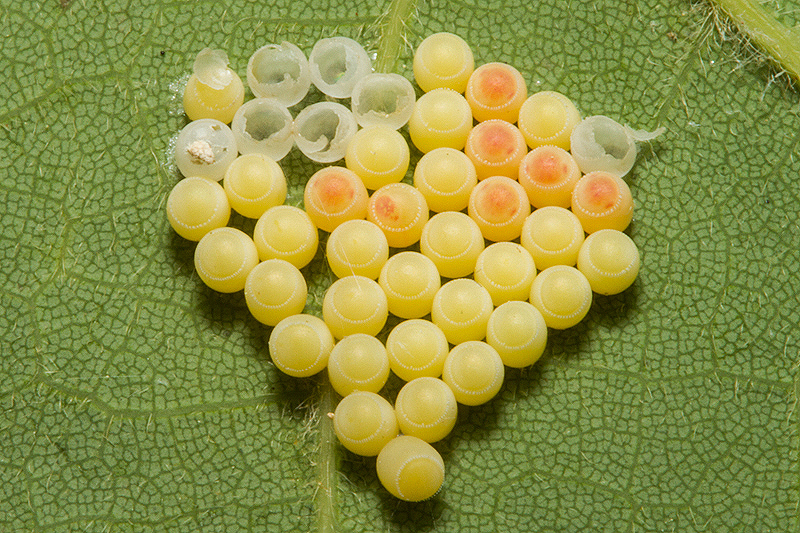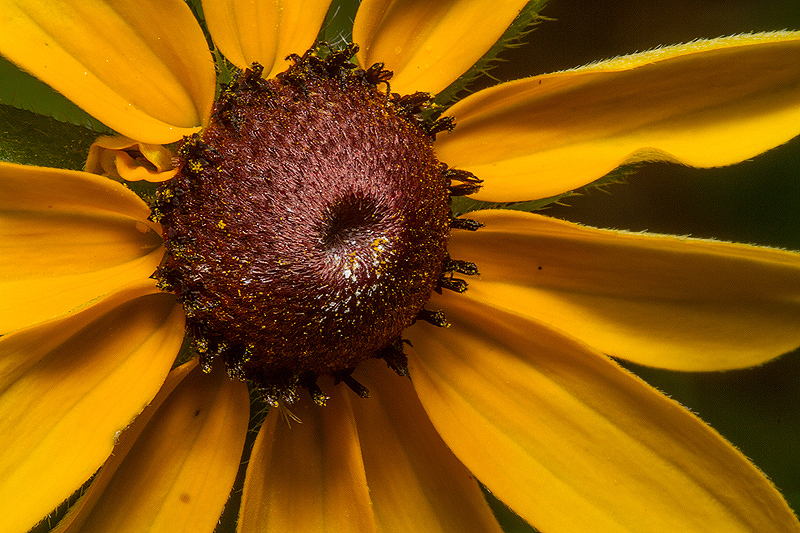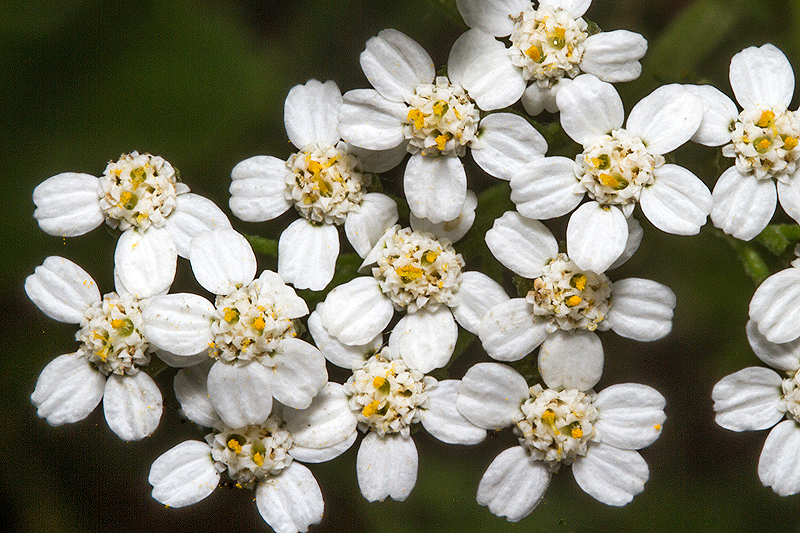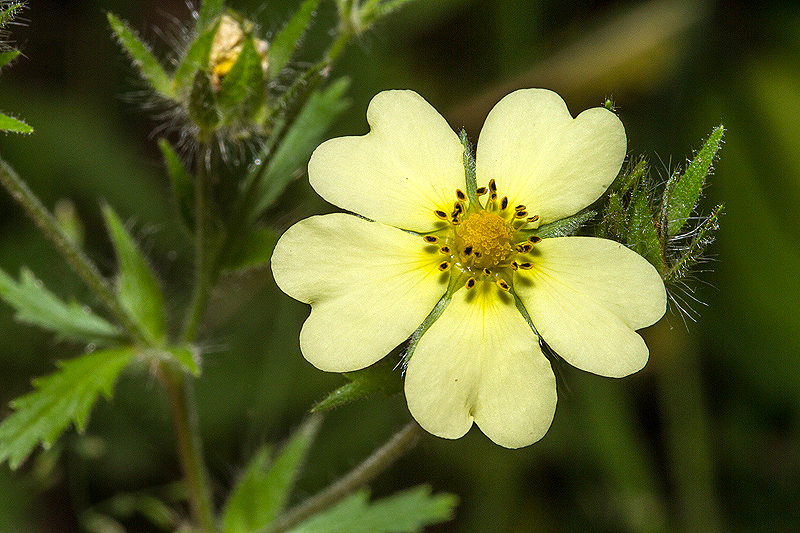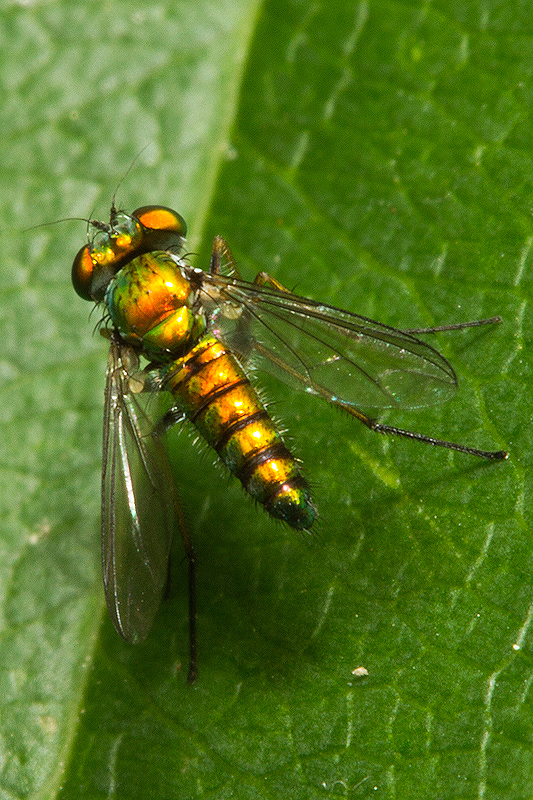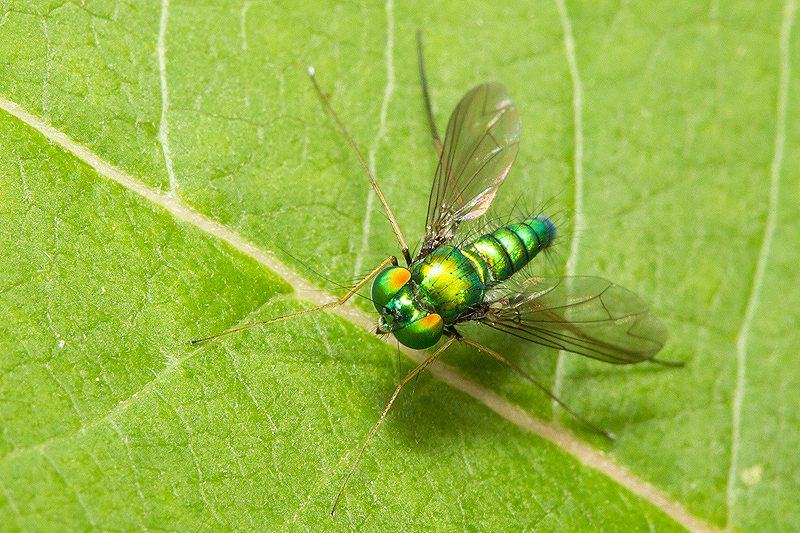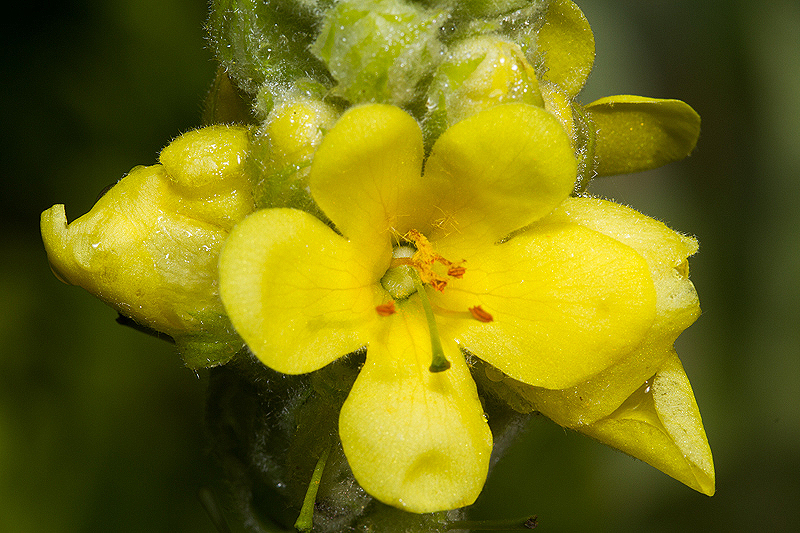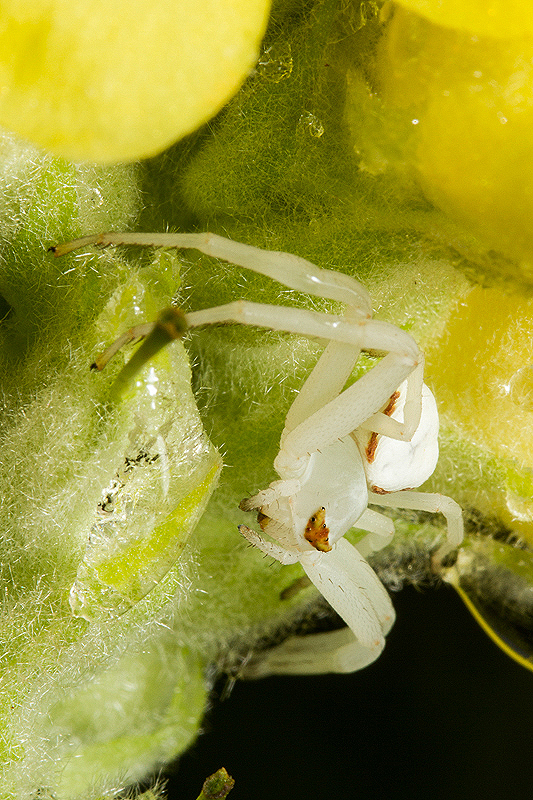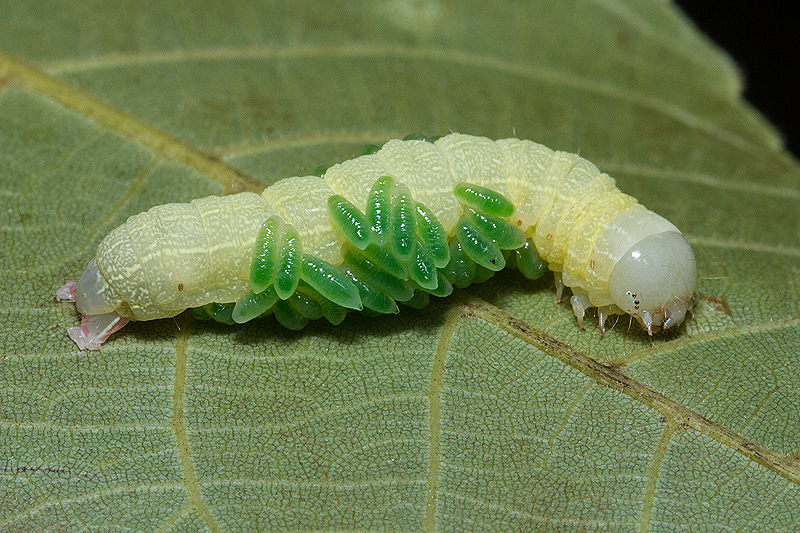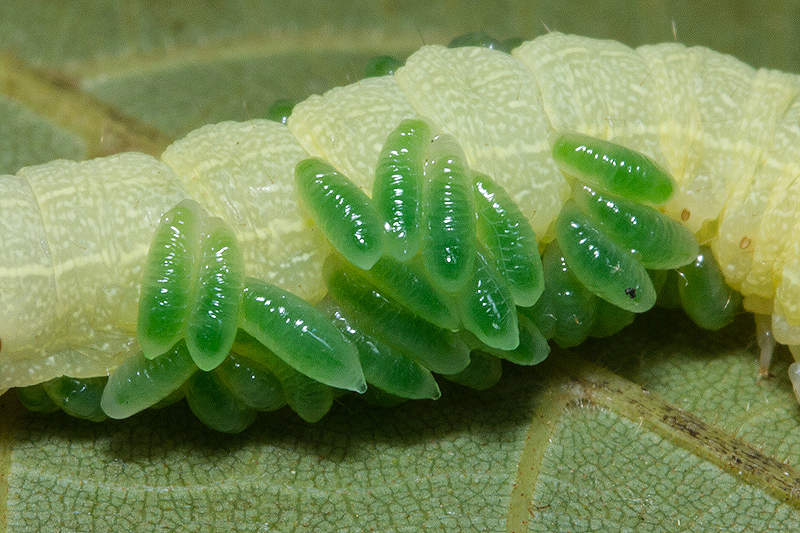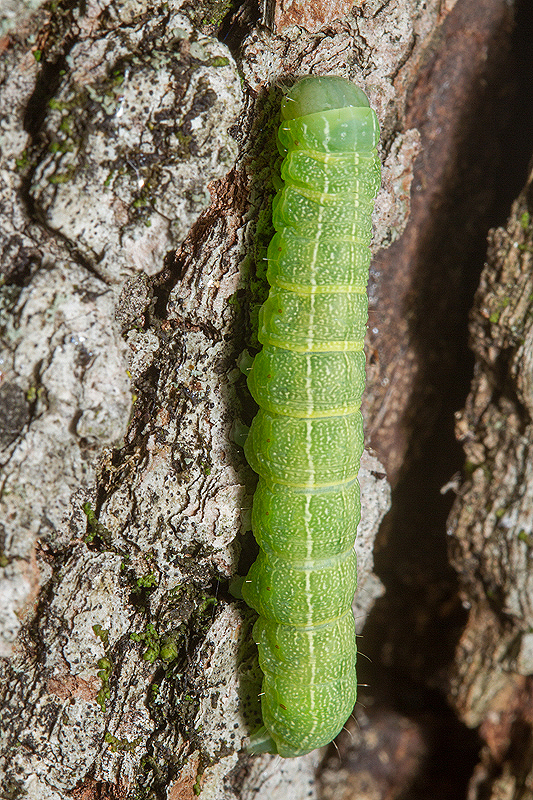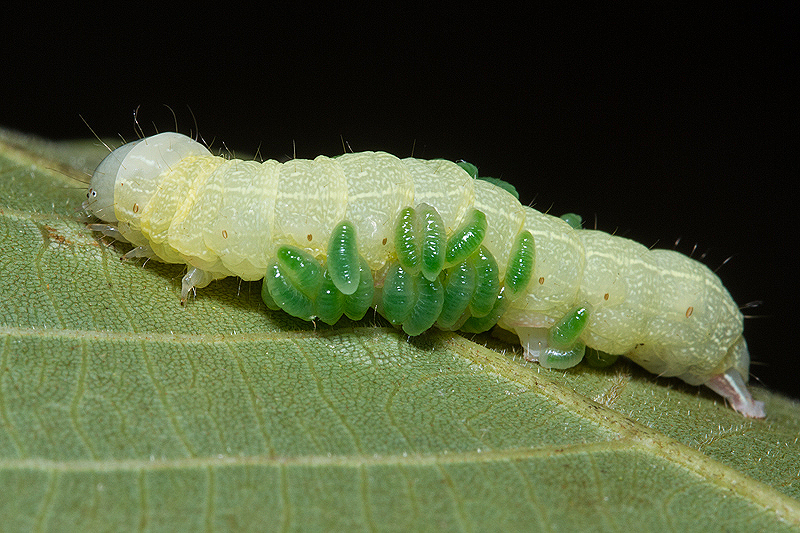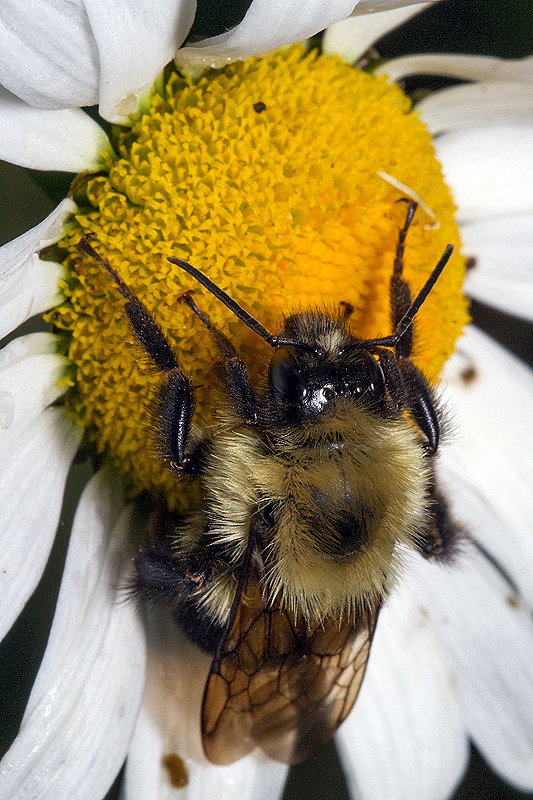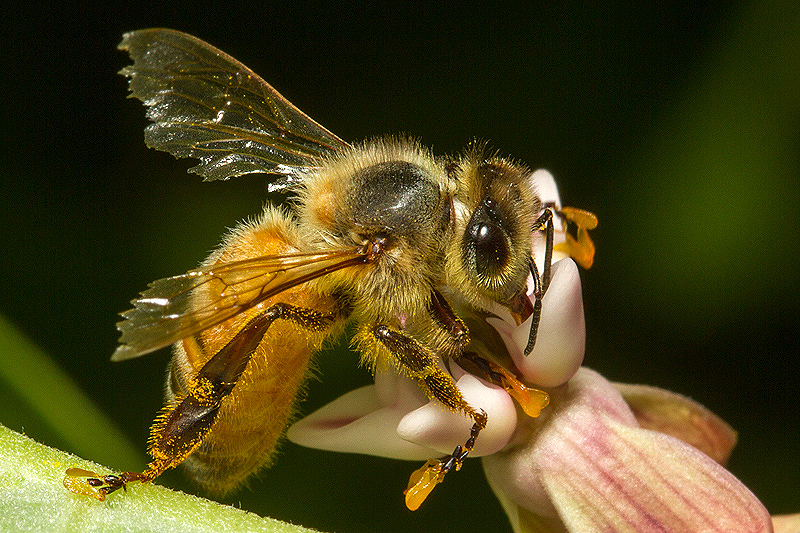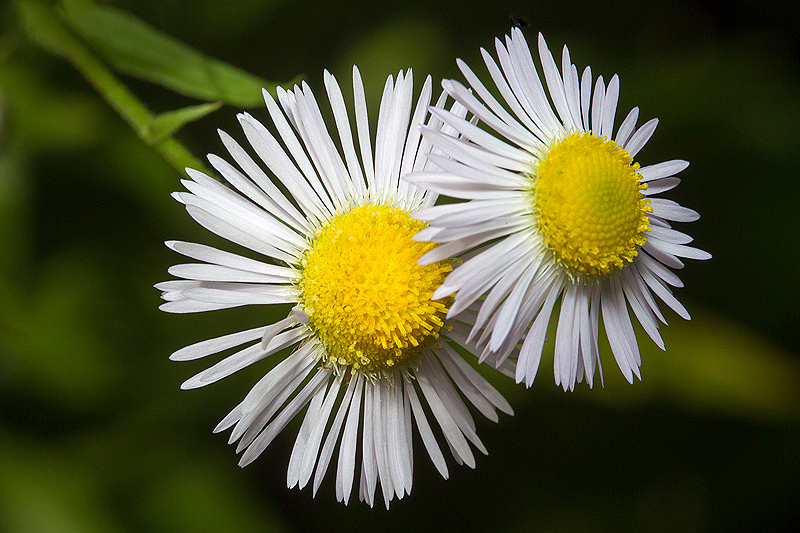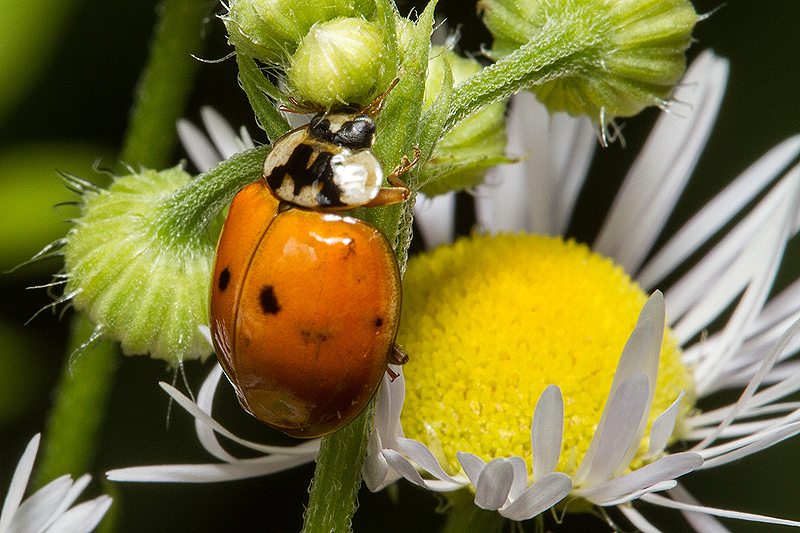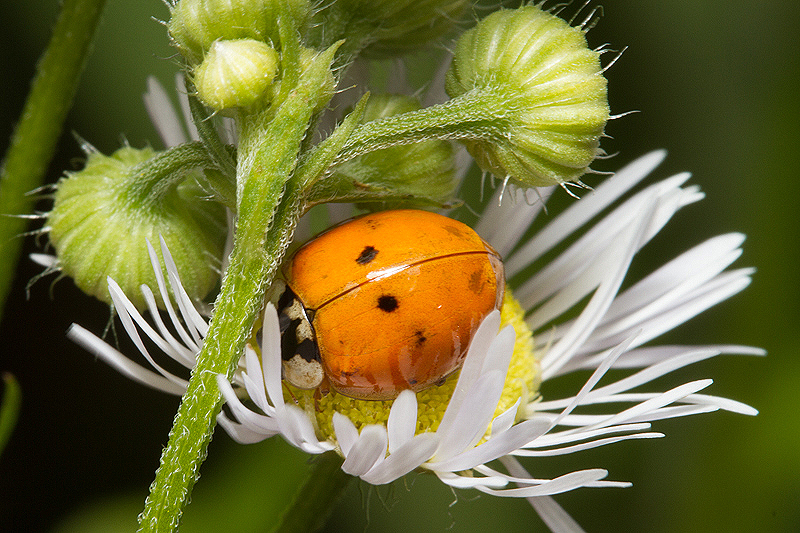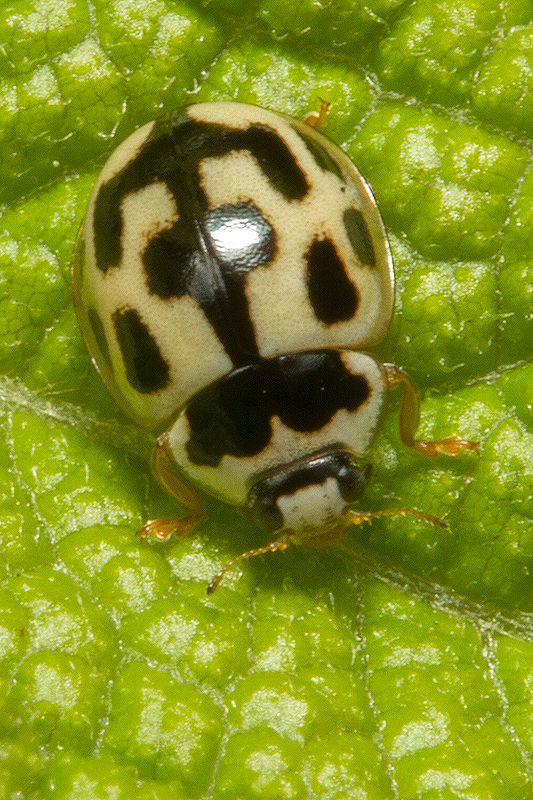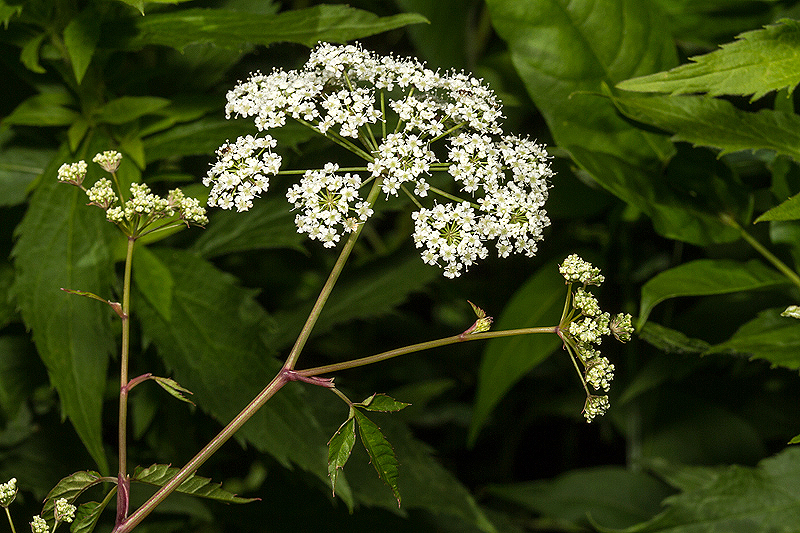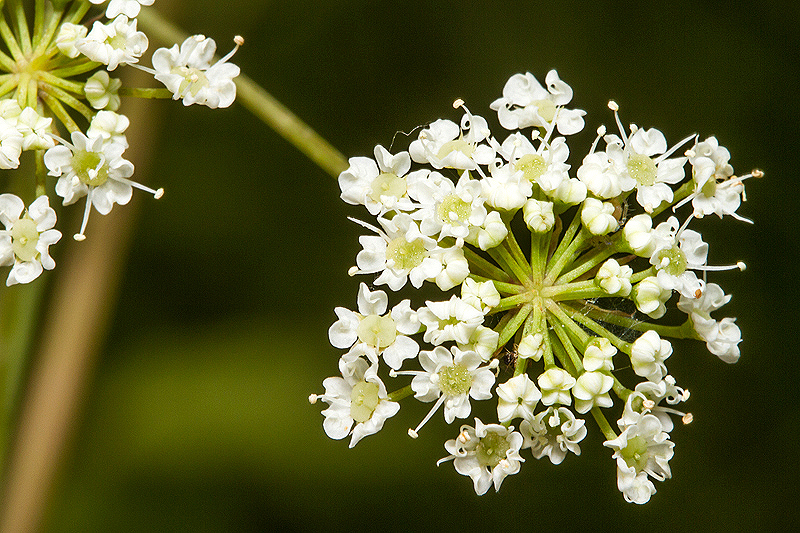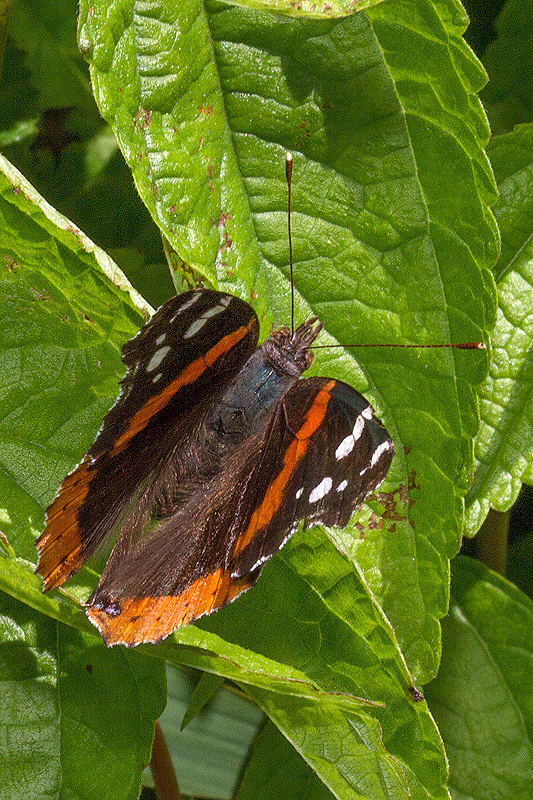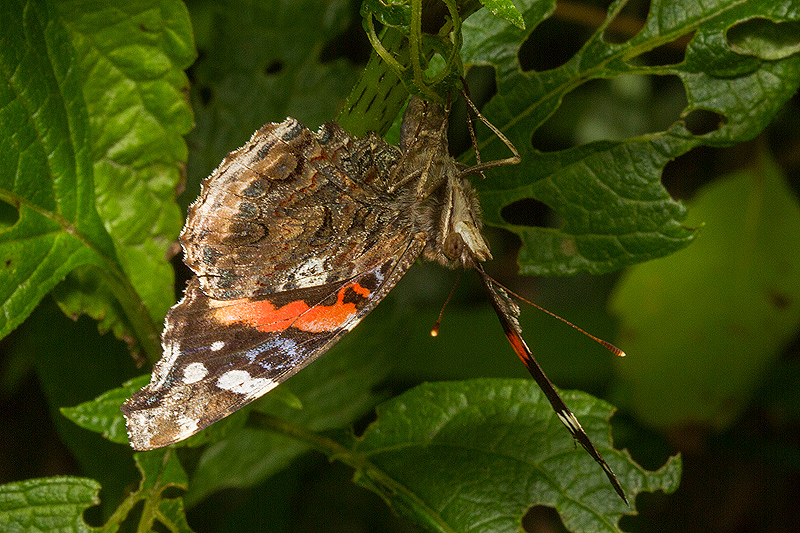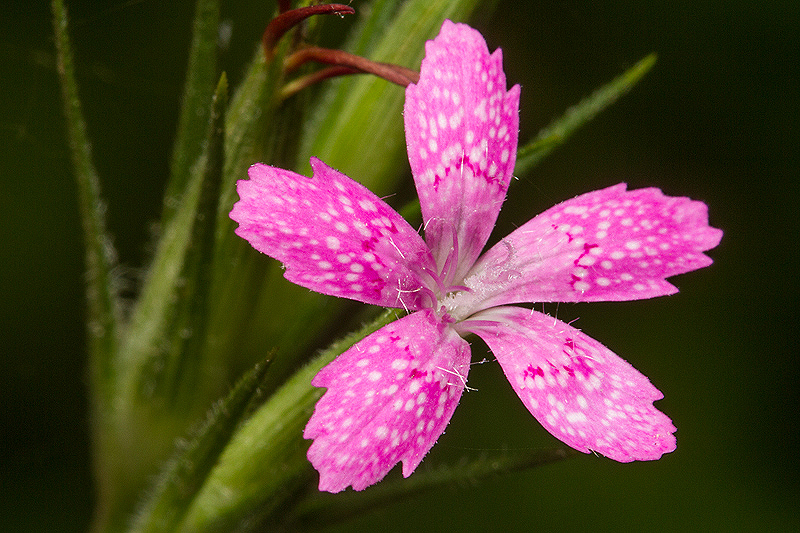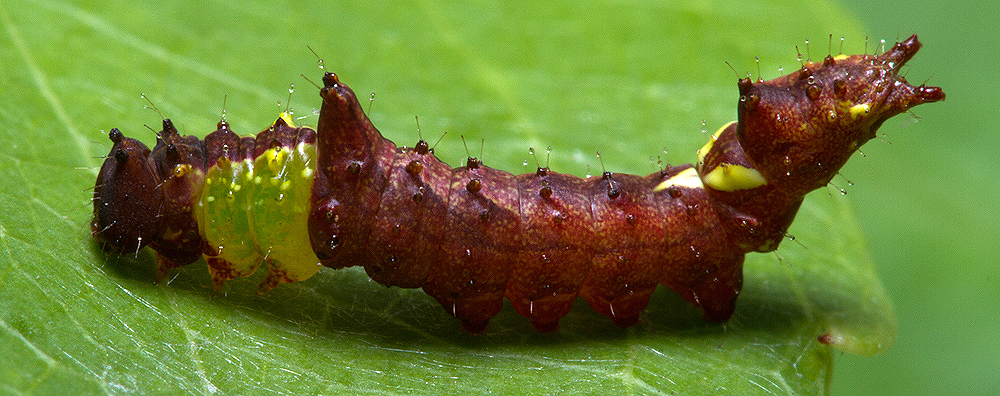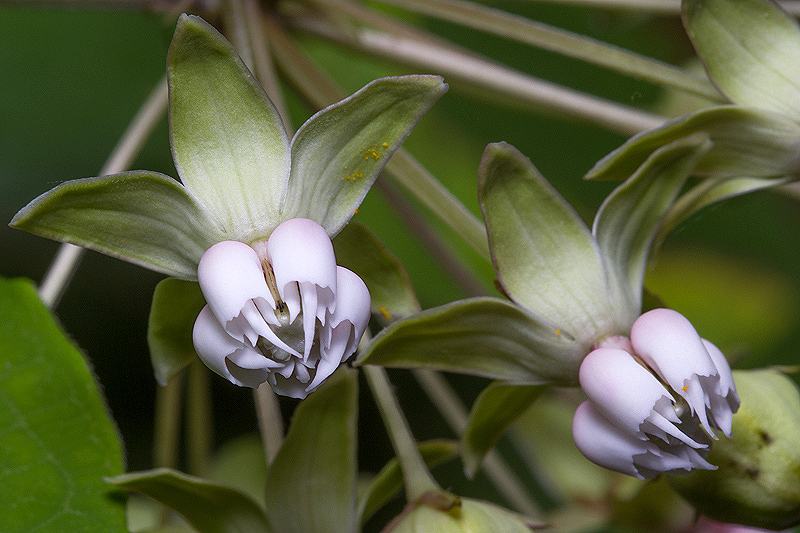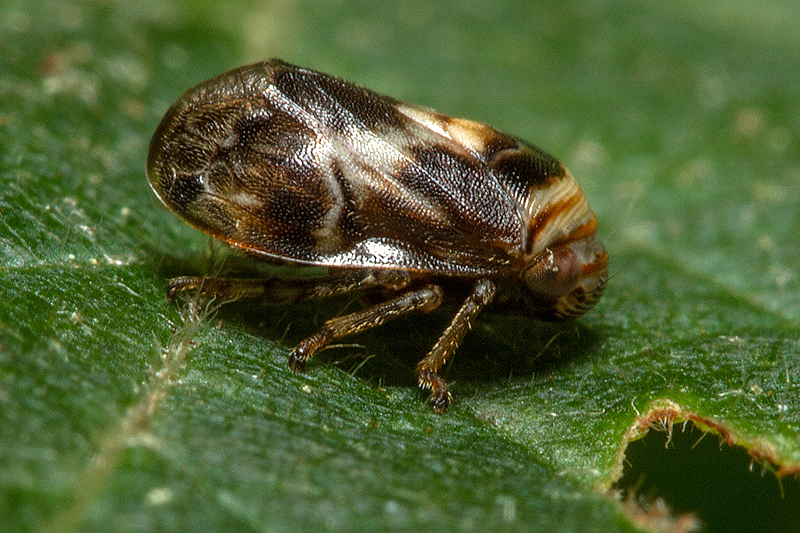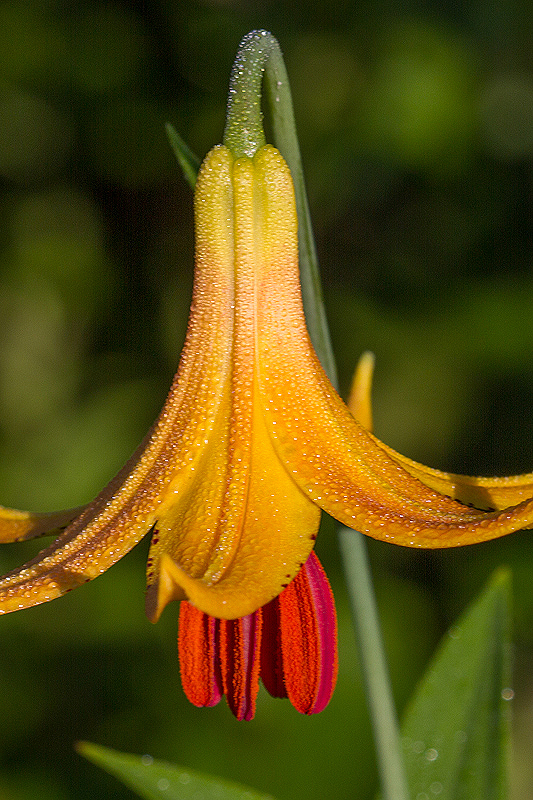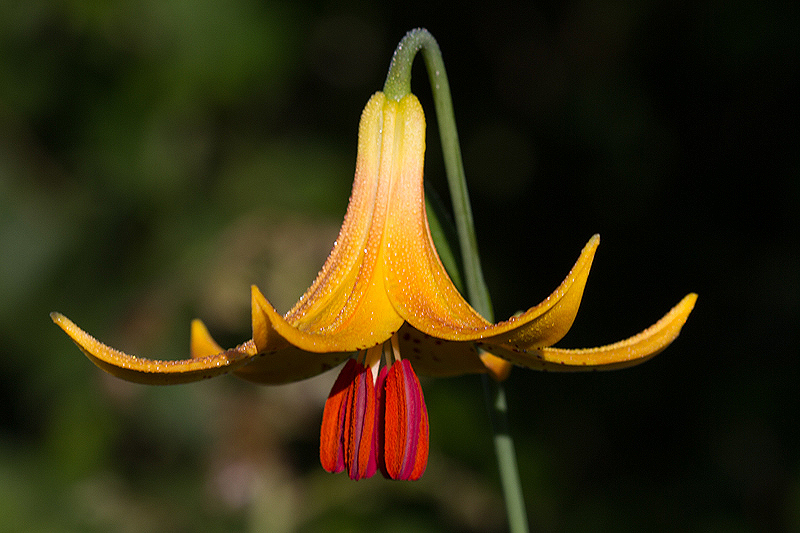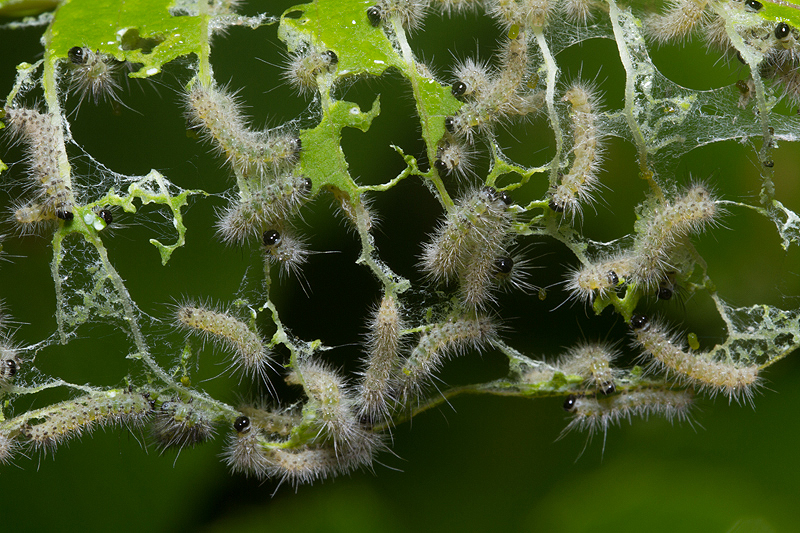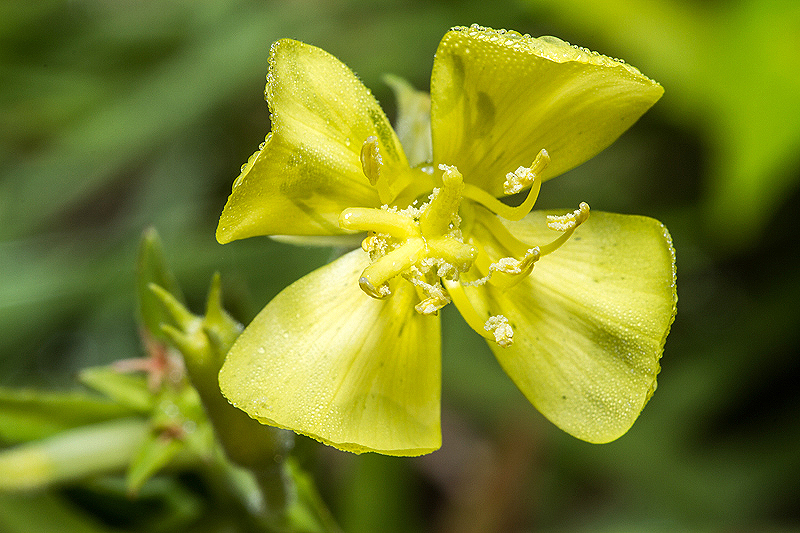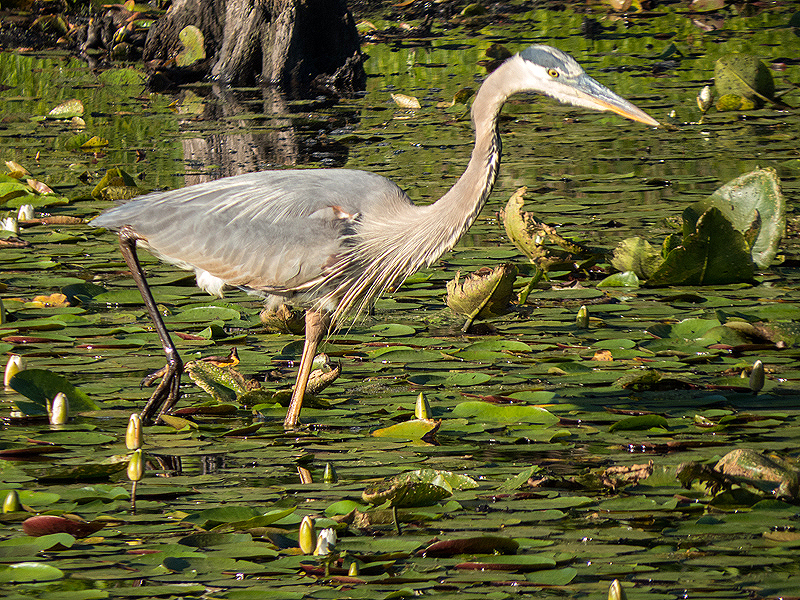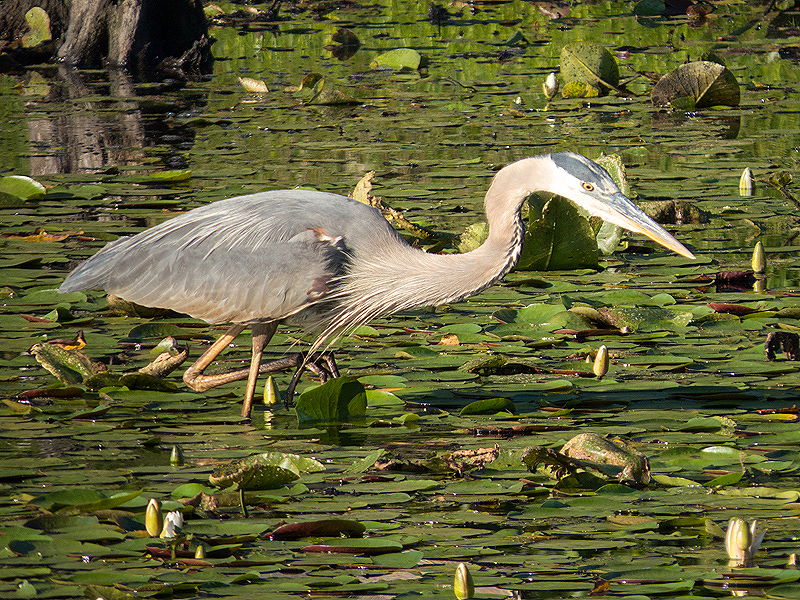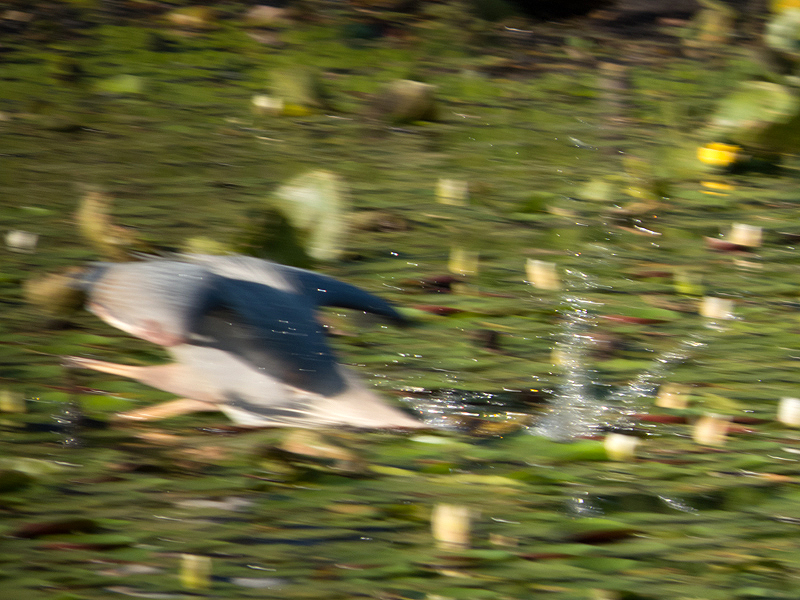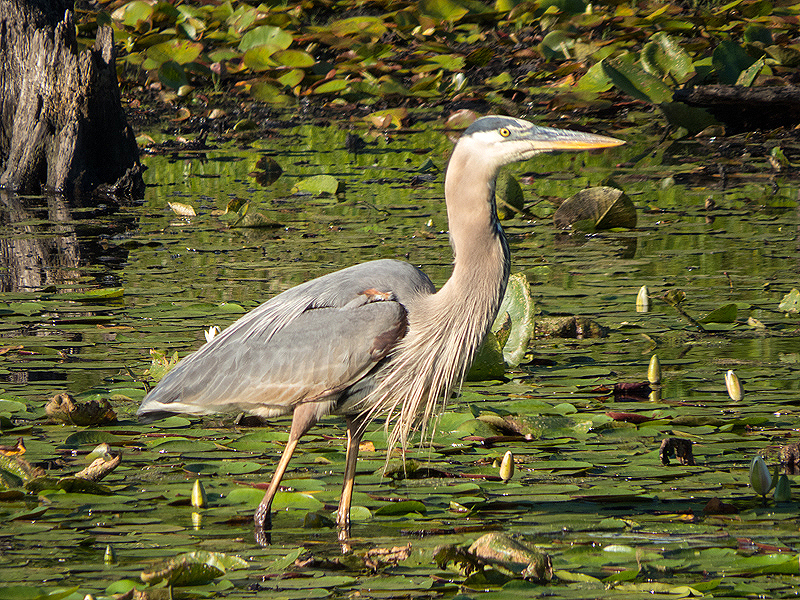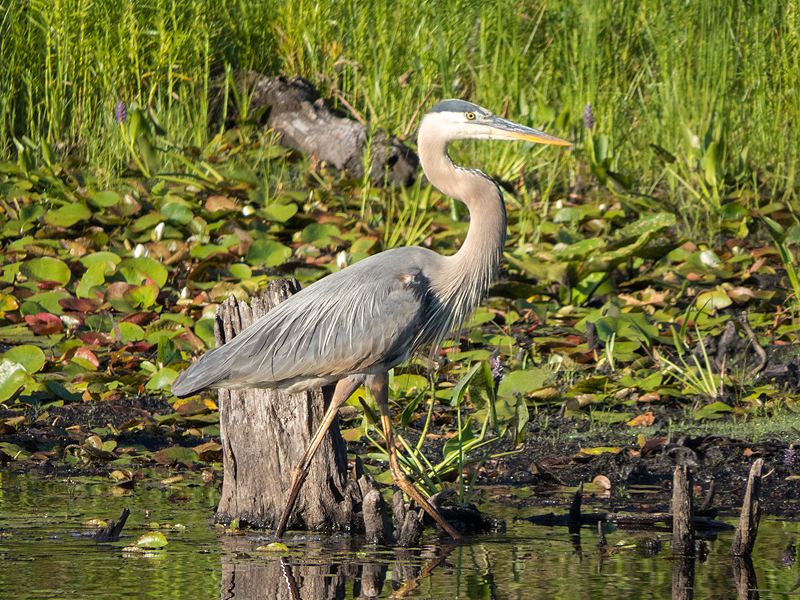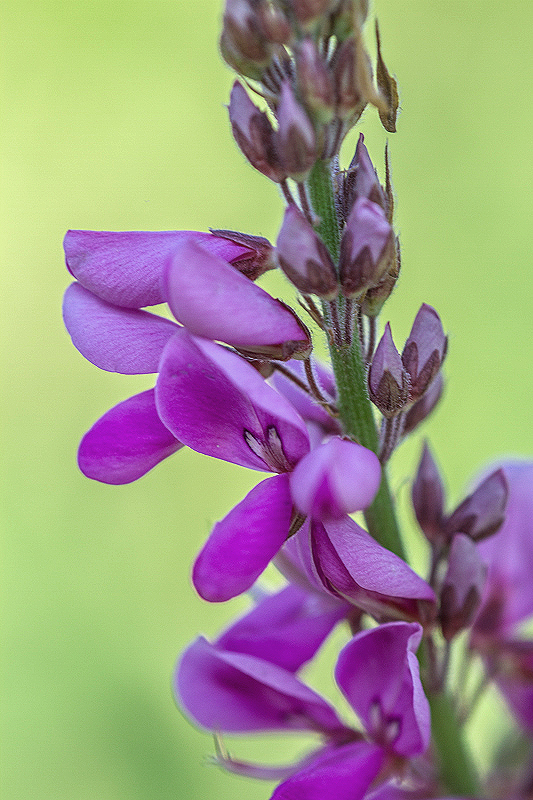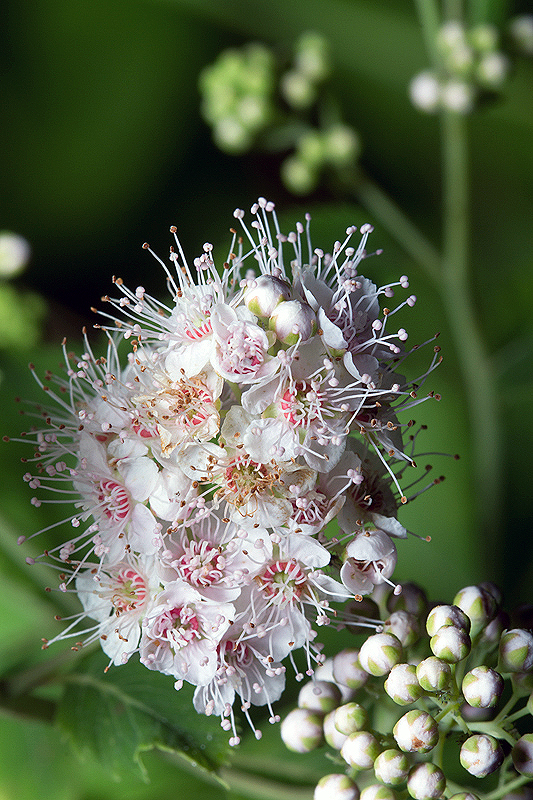Along the Air Line... 2014 - Summer, Part 2 The Air Line Trail in Eastern Connecticut - Stan Malcolm Photos |
mHome Page Stan's FlickR Albums |
July 2nd. Back to the Chicory (Chicorium intybus) patch where the trail crosses Route 207. This time armed with the macro rig. |
|
Several Green Metallic Bees (Family Halictidae, Agapostemon sp.). |
|
This one was grooming the pollen from its back with a leg. |
A Bumble Bee (Family Bombidae). The organge pollen on its leg must have been gathered elsewhere. |
Several species of syrphid Flower Flies (Family Syrphidae). |
|
|
|
|
July 3rd. First of the summer brood of Mourning Cloaks (Nymphalis antiopa), freshly emerged. Probably a male, gathering trace elements necessary for egg development. He passes these to the female with is spermatophore. |
The underside is a credible dead leaf; especially so when resting in leaf litter. |
|
Caterpillars skeletonizing milkweed leaves. |
Hundreds of them. |
Each only 5mm long. |
But very ravenous. They'll probably grow up to be the Milkweed Tussock Moth (Euchaetes egle) or a closely related species. |
I found two of these "prominent" caterpillars on cherry. They'll probably grow up to be the Unicorn Prominent (Schizura unicornis). A lot going on in this photo: First note the mite crawling over the caterpillar. Next, note the tiny droplets at the tips of each seta. The setae arise from swollen tubercles, probably secreting a defensive compound that finds its way to the setal tips. See the three points behind the caterpillar where it has nipped the midrib? Often, this is a strategy to prevent the plant from delivering toxic chemicals to the area where the caterpillar is feeding. Finally, note the sheen of silk under the caterpillar's abdomen. This may be a resting platform, used by the caterpillar overnight or when preparing to molt. |
Insect eggs, probably of a pentatomid Stink Bug. |
Black-eyed Susan (Rudbeckia hirta). |
Yarrow (Achillea millifolium). |
Sulfur or Rough-fruited Cinquefoil (Potentilla recta) |
July 5th. A Long-legged Fly (Family Dolichopodidae). |
And another Dolichopodid. |
Common Mullein (Verbascum thapsus). |
A Goldenrod Crab Spider (Misumena vatia) lurking on the mullein. |
July 5th. 9:00 A.M. - I found this Distinct Quaker (Achatia distincta) moth caterpillar and bright green parasitoid larvae on a fallen leaf (hickory, I think). Dr. Mike Singer of Wesleyan University suggests that the wasps may be eulophids (Family Eulophidae). See: http://en.wikipedia.org/wiki/Eulophidae Based on this BugGuide link, I think he's right. |
The caterpillar is abnormally pale - it almost seems as if the wasp larvae are sucking the color out of it. |
This is what the Distinct Quaker (Achatia distincta) moth caterpillar should look like. |
I collected the caterpillar and parasitoids and will try to rear out the wasps. Follow this link for updates. |
A Bumblebee (Family Bombidae) on Ox-eye Daisy (Chrysanthemum leucanthemum). |
After a stop at the transfer station, a quick afternoon visit to Cranberry Bog in East Hampton. This ragged-winged, ancient (in bee years) Honey Bee (Apis mellifera) has orange Milkweed pollinia attached to all its feet. |
Fleabane (Erigeron sp.). |
A Ladybird Beetle (Family Coccinelidae); probably the recently introduced Asiatic or Harlequin Ladybird (Harmonia axyridis) that has resulted in the loss of many native species due to a pathogen it spreads while being itself immune to it. |
|
A different Ladybird on Joe-Pye-weed. |
Water-hemlock (Cicuta maculata). Poisonous. |
|
Red Admiral (Vanessa atalanta). |
|
Deptford Pink (Dianthus armeria). |
July 6th, at home. The small brown caterpillar photographed on July 3rd (above) has grown to 11mm and now displays the green color on its thorax that confirms it as a |
July 6th. A lone specimen of Poke Milkweed (Asclepias exaltata) is blooming at the trail head on Route 85. |
An adult Spittlebug (Family Clastopteridae; probably Clastoptera ovata). Nyphal spittlebugs can be found under a froth of plant juices sometimes called "spider spit". |
A few Canada Lilies (Lilium canadense) are blooming; a remarkable recovery after several years of defoliation by the imported red Lily Leaf Beetle. |
|
The Milkweed Tussock Moth (Euchaetes egle) caterpillars skeletonizing milkweed leaves seem to have molted, getting hairier and spotted in the process. There were none visible on the plant yesterday so I suspect they hid at ground level to molt out of sight before returning communally to continue feeding. |
The first Evening Primrose (Oenothera biennis) I've seen blooming this year. |
Great Blue Heron (Ardea herodius). My what big feet you have. |
On the hunt. |
Attack! |
Swallowing something. |
Strutting away. |
July 9th. Showy Tick Trefoil (Desmodium canadense) has just begun to bloom. |
Meadowsweet (Spiraea latifolia). |
